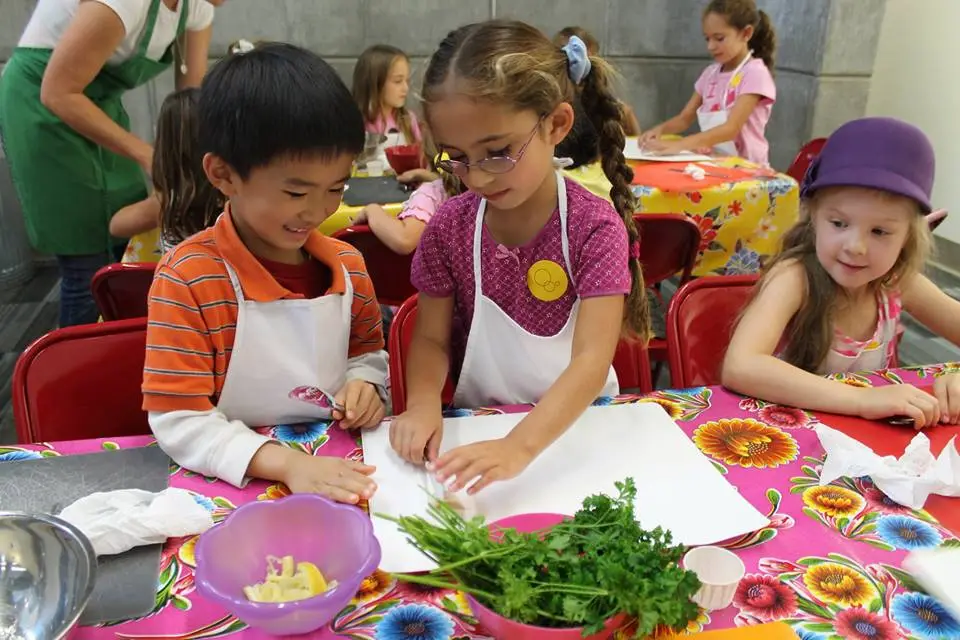Grade 2
updated April 2024
HPE Curriculum Healthy Eating Strand
D2.1 Use Canada’s Food Guide to identify food and beverage choices that contribute to healthy eating patterns
D2.2 Demonstrate an understanding of how to make healthy food choices for meals and snacks, considering the factors they can and cannot control
NOTE: Educators should be aware that food guide messages may not be appropriate for all students including those who are neurodivergent and/or have health, sensory or other exceptional needs that impact their relationship with food and eating. SMHO Resource on Mental Health Promotion at Schools: Classroom Considerations – Supporting Mental Wellness Amongst Students with Special Education Needs offers tips that can be applied to support learning about food and eating at school.
Key Concepts for Student Learning:
Canada’s Food Guide messages that can support eating habits
- It is important to enjoy a variety of foods because different foods help our body to do all the things it needs to do (think, walk, grow, move, play, etc.) and makes eating more interesting and enjoyable. Food comes in all shapes, sizes, colours, smells, and flavours.
- It is important to eat regularly (having meals and snacks) to help our bodies do all the things they need to do (think, move, grow, play etc.)
- Eating with others and enjoying our food choices can be part of a pattern for eating
- An eating pattern may include different ways of eating / food choices depending on where we are and what is happening (e.g., weekday/weekend, at home/school/a restaurant, celebrating, etc.)
Food Choices
- Many factors influence the foods that we eat including:
- What we like to eat
- How food makes us feel (sensory perceptions like taste, smell, texture, and emotional perceptions like happy, excited, apprehensive, disgusted)
- What we have available to eat at home or when we are somewhere else
- Energy needs at different times of day
- Food allergies or medical conditions
Food Safety
- It is important to ensure foods are prepared safely so that we don’t get sick. We can safely handle foods by
- washing our hands before and after cooking or eating,
- washing fruits and vegetables before we eat or cook them,
- cooking foods properly,
- keeping cold foods (like cut up fruit, yogurt, meat and leftovers) cold (for example, by using an ice pack in our lunch).
- keeping hot foods hot (for example, by using a thermos for hot lunch items)


